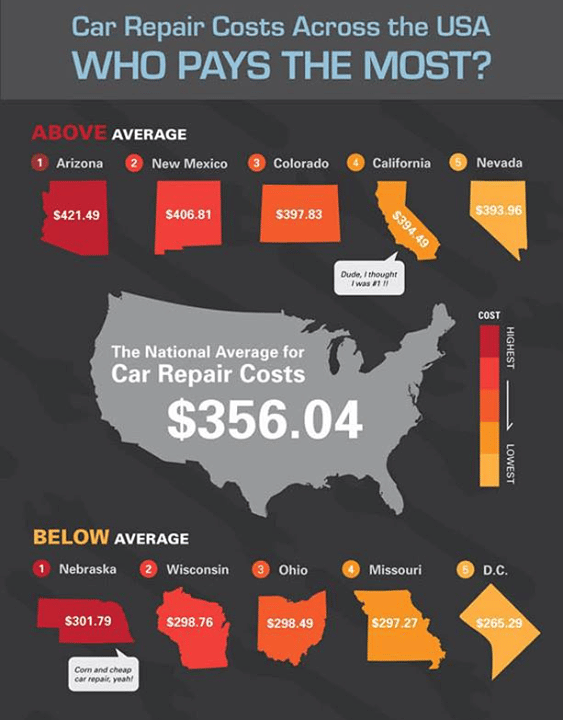Analyzing Truth Value Of Warning Lighting In Your Car
Analyzing Truth Value Of Warning Lighting In Your Car
Blog Article
Produced By-Johannsen Mendez
When you lag the wheel, those radiant warning lights on your control panel can be a little bit puzzling. Do you understand what they're trying to inform you about your car's health and wellness? Comprehending the relevance of these lights is crucial for your safety and the long life of your car. So, the next time one of those lights turns up, wouldn't you want to decode its message properly and take the needed actions to resolve it?
Common Warning Lighting and Interpretations
Determine usual warning lights in your car and comprehend their meanings to ensure risk-free driving.
The most typical caution lights consist of the check engine light, which signifies problems with the engine or discharges system. If this light begins, it's vital to have your lorry examined without delay.
https://brakesnearme96173.get-blogging.com/28825524/reveal-the-crucial-characteristics-that-differentiate-a-high-caliber-automobile-repair-work-establishment-and-keep-the-ideal-performance-of-your-vehicle cautioning light indicates reduced oil pressure, calling for instant attention to avoid engine damages.
A flashing battery light may suggest a defective charging system, possibly leaving you stranded otherwise dealt with.
The tire pressure tracking system (TPMS) light notifies you to low tire pressure, impacting lorry stability and gas effectiveness. Ignoring this can cause hazardous driving conditions.
The abdominal light indicates a problem with the anti-lock stopping system, compromising your capacity to quit swiftly in emergencies.
Lastly, the coolant temperature cautioning light warns of engine getting too hot, which can result in severe damage otherwise dealt with swiftly.
Understanding these typical caution lights will aid you address problems quickly and preserve safe driving problems.
Value of Prompt Interest
Recognizing the usual caution lights in your automobile is only the initial step; the importance of quickly attending to these cautions can't be stressed enough to guarantee your safety when driving.
When a warning light illuminates on your control panel, it's your car's means of connecting a potential issue that requires attention. Ignoring these warnings can result in much more extreme issues down the road, compromising your security and possibly costing you a lot more out of commission.
Trigger focus to cautioning lights can stop failures and accidents. For https://car-brakes-near-me72716.59bloggers.com/28760431/providing-phenomenal-auto-fixing-services-from-regular-maintenance-to-major-repair-work-we-have-actually-got-you-covered , a blinking check engine light can indicate a misfire that, if left unattended, can create damage to the catalytic converter. Resolving https://www.autoserviceworld.com/why-right-to-repair-cant-be-voluntary/ can save you from a costly repair.
In a similar way, a brake system alerting light could signify reduced brake fluid or used brake pads, critical parts for your security when driving.
Do It Yourself Troubleshooting Tips
If you notice a warning light on your control panel, there are a few DIY fixing pointers you can try prior to looking for professional help.
The first step is to consult your auto's manual to comprehend what the details warning light shows. In some cases the concern can be as simple as a loose gas cap activating the check engine light. Tightening the gas cap may settle the problem.
auto parts and supplies is a reduced battery, which can set off various alerting lights. Checking the battery connections for deterioration and guaranteeing they're safe could take care of the problem.
If a warning light lingers, you can attempt resetting it by separating the auto's battery for a few mins and after that reconnecting it. Additionally, inspecting your vehicle's fluid degrees, such as oil, coolant, and brake fluid, can help fix alerting lights related to these systems.
Conclusion
Finally, understanding your cars and truck's warning lights is necessary for keeping your car running smoothly and safely. By without delay attending to these informs and knowing what they suggest, you can stay clear of expensive repair work and prospective failures.
Bear in mind to consult your vehicle's manual for particular information on each warning light and take action as necessary to make certain a trouble-free driving experience.
Keep informed, remain risk-free on the road!
